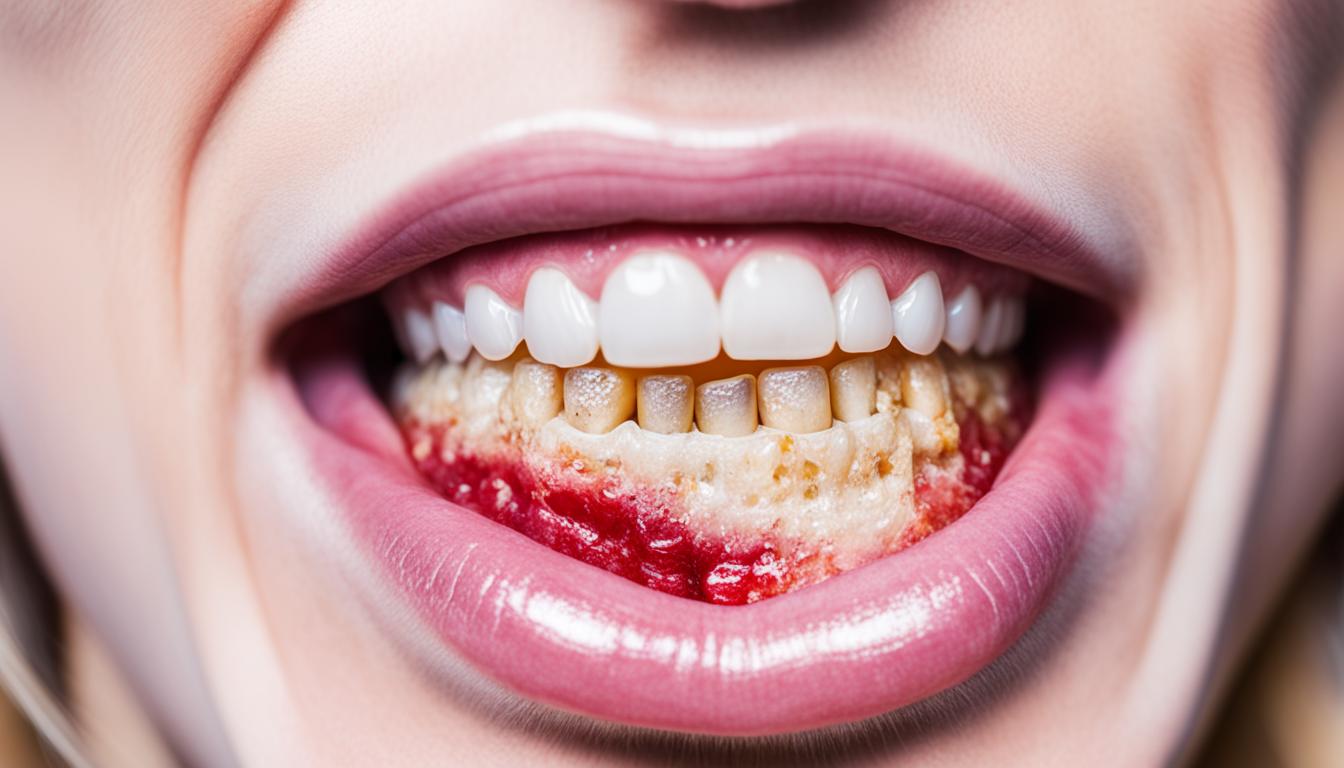Pemphigus is an autoimmune disease that affects both the epidermis and mucous membranes. It leads to blistering and can have serious health impacts if not treated. It comes in types like pemphigus vulgaris and pemphigus foliaceus.
Its symptoms include vesicular vesicles, easily broken blisters, and lemon yellow fluid. The main causes of pemphigus are unknown, but it’s thought to be an autoimmune disorder. Treatments often include rehydration, improving physical health, and using corticosteroids to manage the condition. Severe cases may require more aggressive treatments with corticosteroids and immunosuppressive drugs.
Researchers are looking at a new treatment for pemphigus – stem cell therapy. This approach aims to repair damaged tissues and encourage healing using stem cells. Although still in the experimental phase, early studies have been positive.
Key Takeaways:
- Pemphigus is an autoimmune disease that causes blistering of the skin and mucous membranes.
- Treatment for pemphigus typically involves rehydrating the body, improving physical condition, and using corticosteroids.
- Stem cell therapy is an innovative treatment option being explored for pemphigus.
- Pemphigus can lead to serious health consequences if left untreated.
- Early studies show promise for stem cell therapy in treating pemphigus.
Understanding Pemphigus: Symptoms and Classification
Pemphigus is an autoimmune disease with many symptoms. It falls into different types. Knowing its symptoms and types aids in early treatment.
Symptoms of Pemphigus
The main sign of pemphigus is forming fragile vesicles that easily rupture. These may be small or large and can occur anywhere on the skin or mucous membranes. They often contain yellowish fluid, looking like lemon juice.
Common pemphigus symptoms include:
- Vesicular vesicles
- Easily breaking blisters
- Lemon yellow fluid in blisters
- Itching (in some cases)
Note, these signs can differ by pemphigus type.
Classification of Pemphigus
Pemphigus has four main types, each affecting distinct parts of the body:
| Pemphigus Type | Affected Areas | Characteristic Symptoms |
|---|---|---|
| Pemphigus Vulgaris (common pemphigus) | Mouth and genital areas | Blistering in these areas |
| Pemphigus Foliaceus | Skin | Itching and blistering of the skin |
| Cardiac Pemphigus | Raised bumps on the skin (e.g., armpit, groin) | Appearance of raised bumps in specific areas |
| Fat-skinned Pemphigus | Areas with sebaceous glands (e.g., face, scalp) | Affects areas with sebaceous glands |
Knowing pemphigus types guides accurate diagnosis and treatment planning.
The image above shows common pemphigus symptoms. It highlights the vesicles and blisters.
Causes and Treatment of Pemphigus
Pemphigus is a disorder where the immune system attacks the skin and mucous membranes. Scientists don’t completely understand the causes of pemphigus. They think it’s linked to both genetics and certain things in the environment. Some medicines can also trigger pemphigus as a rare side effect.
Treating pemphigus aims to ease symptoms and calm the immune system. It’s important to keep the body hydrated during treatment. Building overall health and strength is also key for recovery.
Doctors often use corticosteroids to manage pemphigus. These drugs lower inflammation and stop new blisters from forming. For more serious cases, other medications that weaken the immune system might be needed.
Ointments and creams can be applied to infection sites. These help prevent issues and speed up healing.
Key Points:
- Pemphigus is an autoimmune disorder affecting the skin and mucous membranes.
- It is caused by a mix of genetic predisposition, environmental factors, and certain drugs.
- Treatment includes rehydration, better physical health, and corticosteroids to control symptoms.
- For severe cases, more powerful drugs that suppress the immune system are sometimes used.
- Topical treatments are crucial to fight off infections and aid in the healing process.
We will now take a look at the newer option of using stem cell therapy for treating pemphigus.
Stem Cell Therapy for Pemphigus
Stem cell therapy is a new way to treat pemphigus. It uses stem cells to help damaged skin heal. These cells can turn into many types, including skin cells needed for treating pemphigus.
Early tests show promise for this therapy. It might make symptoms better, lessen skin blistering, and improve life for pemphigus patients.
We still need more research on this therapy. Studying it further will help us see how it works long-term, if it’s safe, and the best ways to use it.
Doctors are hopeful that stem cell therapy can change how we treat pemphigus. This new approach could greatly help those with this autoimmune condition.

